Preserving many of America’s most iconic, spectacular and vulnerable landscapes and ecosystems, the national parks are an integral part of the nation’s identity.
They attract visitors from across the country and from abroad, provide outdoor recreation opportunities to tourists and locals alike, protect cultural, archaeological, natural and historical resources, and offer a refuge to wildlife.
Visiting America’s national parks is a dream of not just Americans themselves, but of people around the entire world. Planning a national parks trip can sometimes be challenging, though.
Distances between parks can be huge, some parks are extremely busy in their peak season, you might need an advance reservation or permit,…
Planning a visit to the national parks requires navigating some necessary logistics and finding answers to specific questions.
Below, we’ve listed the most frequently asked questions about the national parks. Read them through for some interesting national parks background information and useful planning tips.
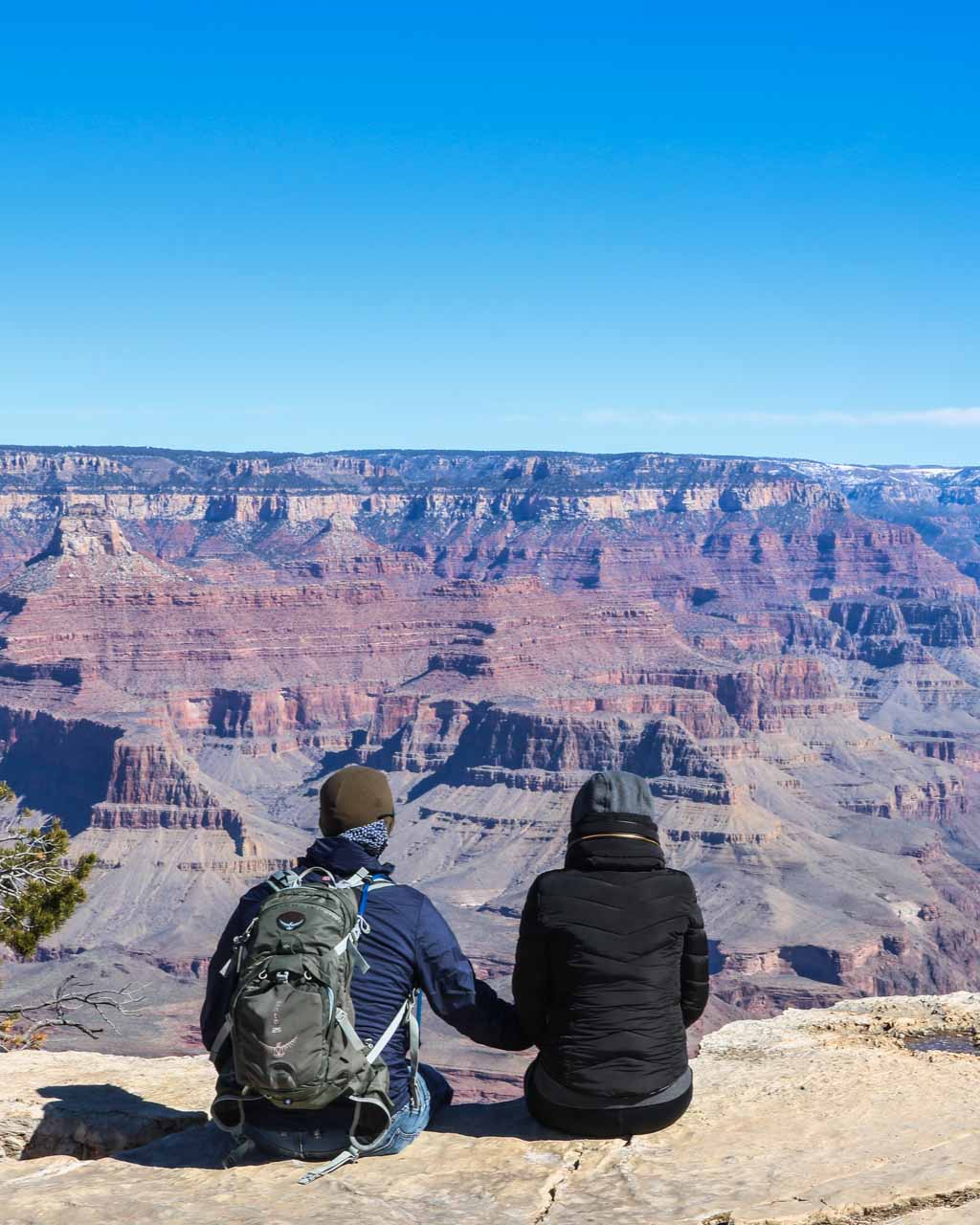
Contents
- Frequently Asked Questions About America’s National Parks System
- Who Manages America’s National Parks?
- What Is a National Park?
- How Old Is America’s National Park System?
- How Many National Parks Are There?
- How Many National Park Service Sites Are There?
- What Does the National Park Service Logo Mean?
- How Many People Visit America’s National Parks Every Year?
- What Is the Most Visited National Park?
- What Is the Least Visited National Park?
- What Is the Oldest National Park?
- What Is the Youngest National Park?
- What Is the Largest National Park?
- What Is the Smallest National Park?
- Where Can I Get a National Parks Pass?
- Where Can I Make National Park Reservations?
- Can I Take My Pet to a National Park?
- What Are the Best National Parks?
- What Are the Most Underrated National Parks?
- Which National Parks Are Best for Wildlife Viewing?
- Where Can I Find More Information About the National Parks?
Frequently Asked Questions About America’s National Parks System
Who Manages America’s National Parks?
The national parks are managed by the National Park Service (NPS), which also oversees numerous national monuments, historic sites, memorials, historical parks, lakeshores and seashores.
The National Park Service itself is a bureau of the Department of the Interior (DOI).
Charles F. “Chuck” Sams is the current NPS Director, the first Native American Director of the National Park Service.
On the ground, each park has its own superintendent, as well as park rangers who manage practical things like wildlife, visitors, traffic and a variety of park resources.
What Is a National Park?
The National Park Service defines “national parks” as follows: “Generally, a national park contains a variety of resources and encompasses large land or water areas to help provide adequate protection of the resources.”
Generally speaking, national parks protect and preserve landscapes, ecosystems, plants and/or wildlife.
With very few exceptions, they’re created to protect and preserve one or more natural features, rather than cultural, architectural, archaeological or historical resources.
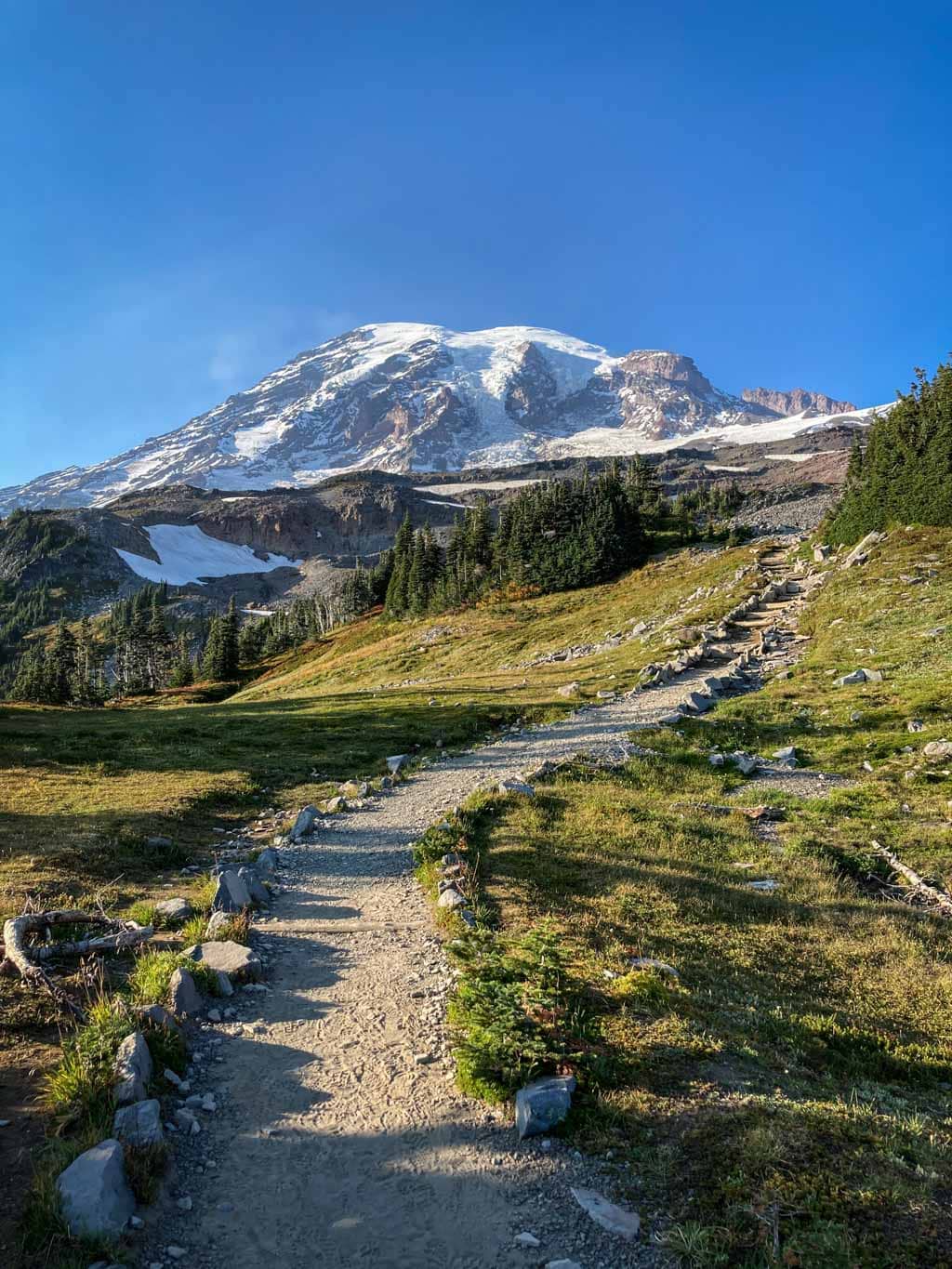
How Old Is America’s National Park System?
Officially, the National Park System dates from August 25, 1916, which is the day President Woodrow Wilson created the National Park Service.
However, many national parks were designated years, if not decades, before that.
The first national park in the United States (and the world) was Yellowstone National Park, established on March 1, 1872, by President Ulysses S. Grant.
No fewer than ten other national parks were also established before the NPS was created.
Those are, in this order, Sequoia (1890), Yosemite (1890), Mount Rainier (1899), Crater Lake (1902), Wind Cave (1903), Mesa Verde (1906), Glacier (1910), Rocky Mountain (1915), Hawaiʻi Volcanoes (1916) and Lassen Volcanic (1916).
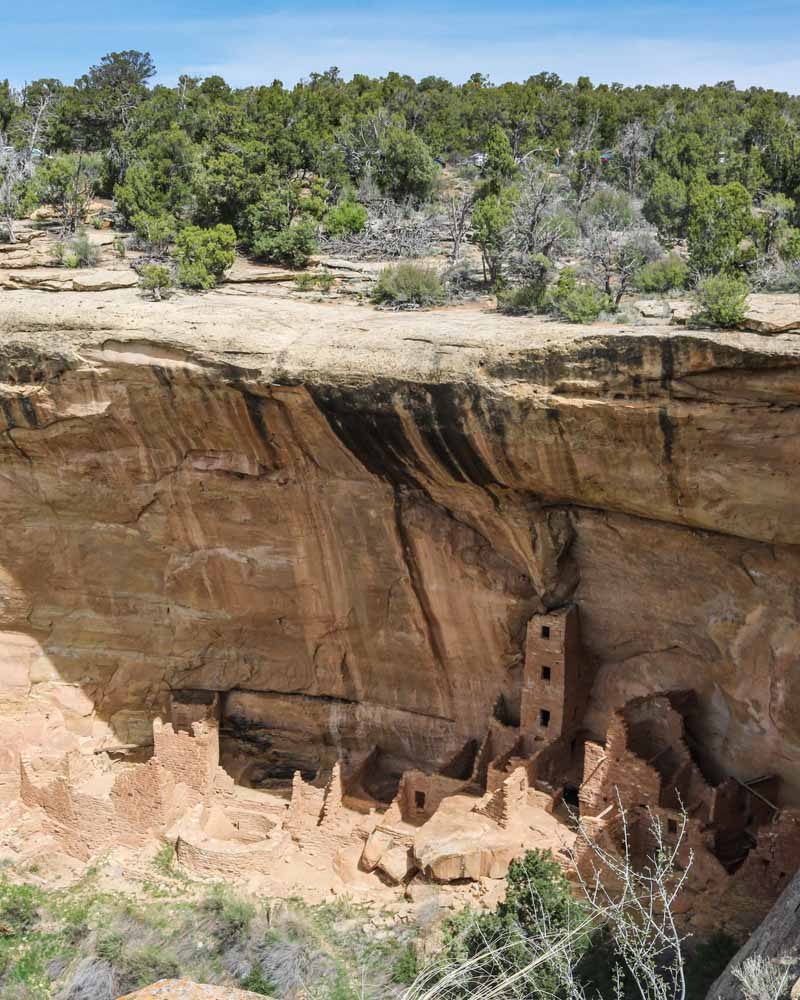
How Many National Parks Are There?
Currently, there are 63 national parks in the United States.
You can see a full list and map of the national parks here.
How Many National Park Service Sites Are There?
National parks are just one of many designations in the National Park System. In total, there are 429 National Park Service units.
These various units, ranging from monuments and memorials to battlefields and historic sites, are often referred to simply as “parks.”
You can see the complete list of NPS units here.
What Does the National Park Service Logo Mean?
The logo of the National Park Service represents the different aspects of America’s National Park System.
For example, the bison symbolizes all wildlife in the parks, while the sequoia tree and grassland represent vegetation. The mountains stand for natural scenery and the lake represents water (quality).
The logo’s very shape also has significant meaning. Its stone arrowhead shape represents America’s rich history, archaeology and culture.
You can read more about the history and meaning of the NPS Arrowhead logo here.
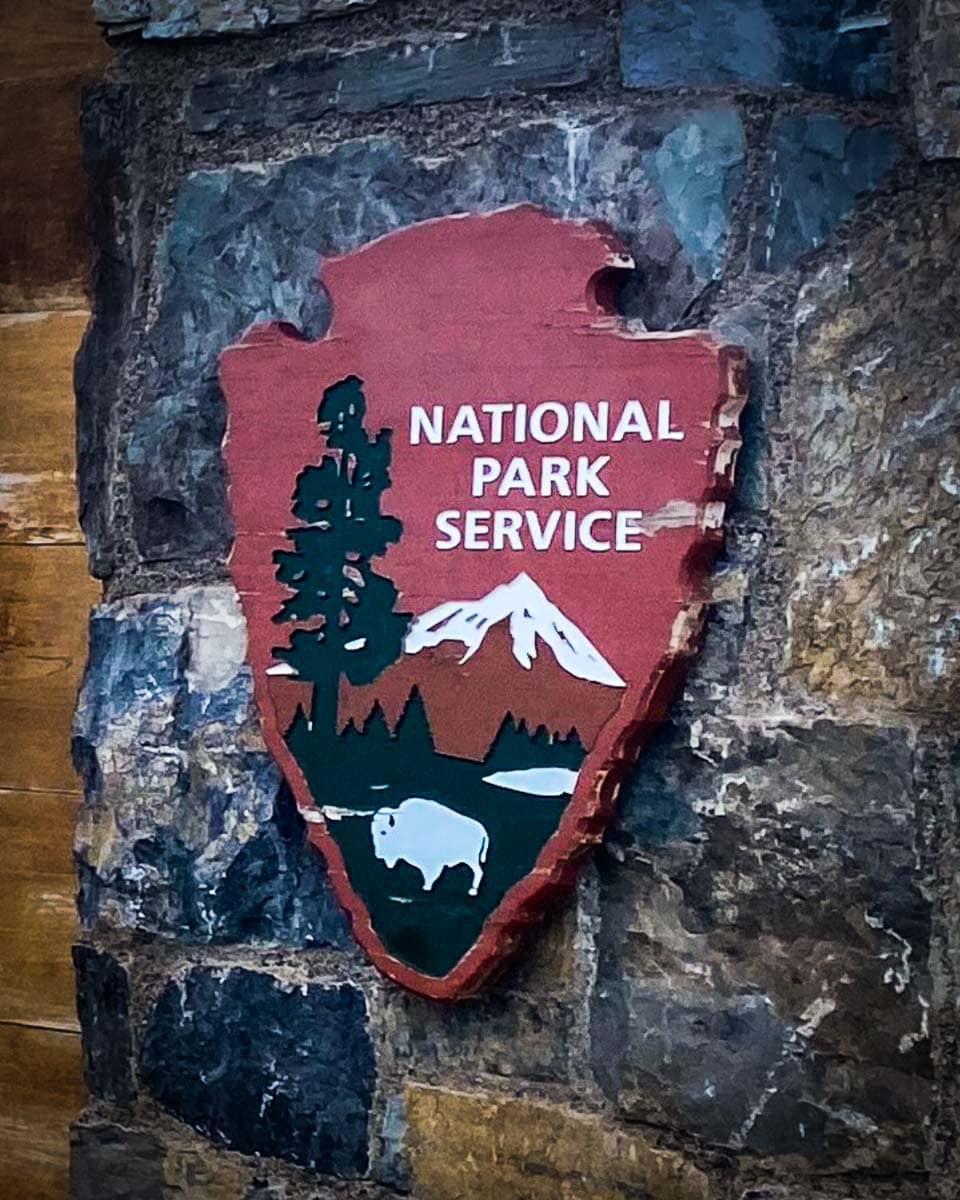
How Many People Visit America’s National Parks Every Year?
In 2023, the total number of recreational visits in the entire National Park System was 325,498,646. The NPS website has much more information about visitation across the parks.
What Is the Most Visited National Park?
The most visited national park is Great Smoky Mountains National Park in North Carolina and Tennessee, which welcomed 13.3 million visitors in 2023.
On the other hand, the most visited NPS unit is the Blue Ridge Parkway with 16.8 million visitors in 2023.
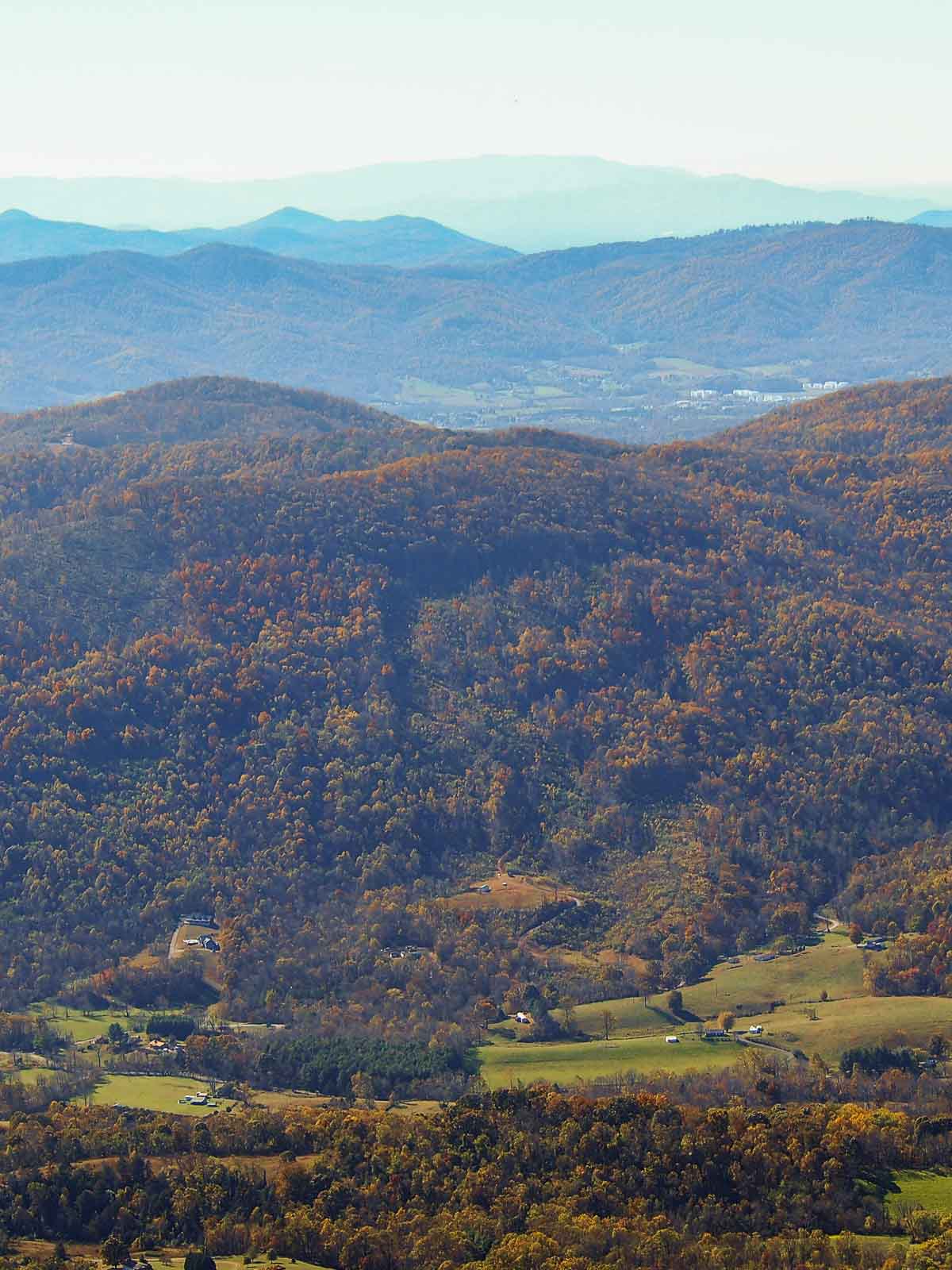
What Is the Least Visited National Park?
The least visited national park is Gates of the Arctic National Park and Preserve in Alaska. No more than 11,045 people journeyed there in 2023.
The least visited NPS unit, on the other hand, is Rainbow Bridge National Monument in Utah. It was visited by only 165 people in 2023.
You can see a complete overview of National Park Service units and their most recent visitation statistics here.
What Is the Oldest National Park?
The first national park ever established in the United States, and the entire world, is Yellowstone National Park. It was created by President Ulysses S. Grant on March 1, 1872.
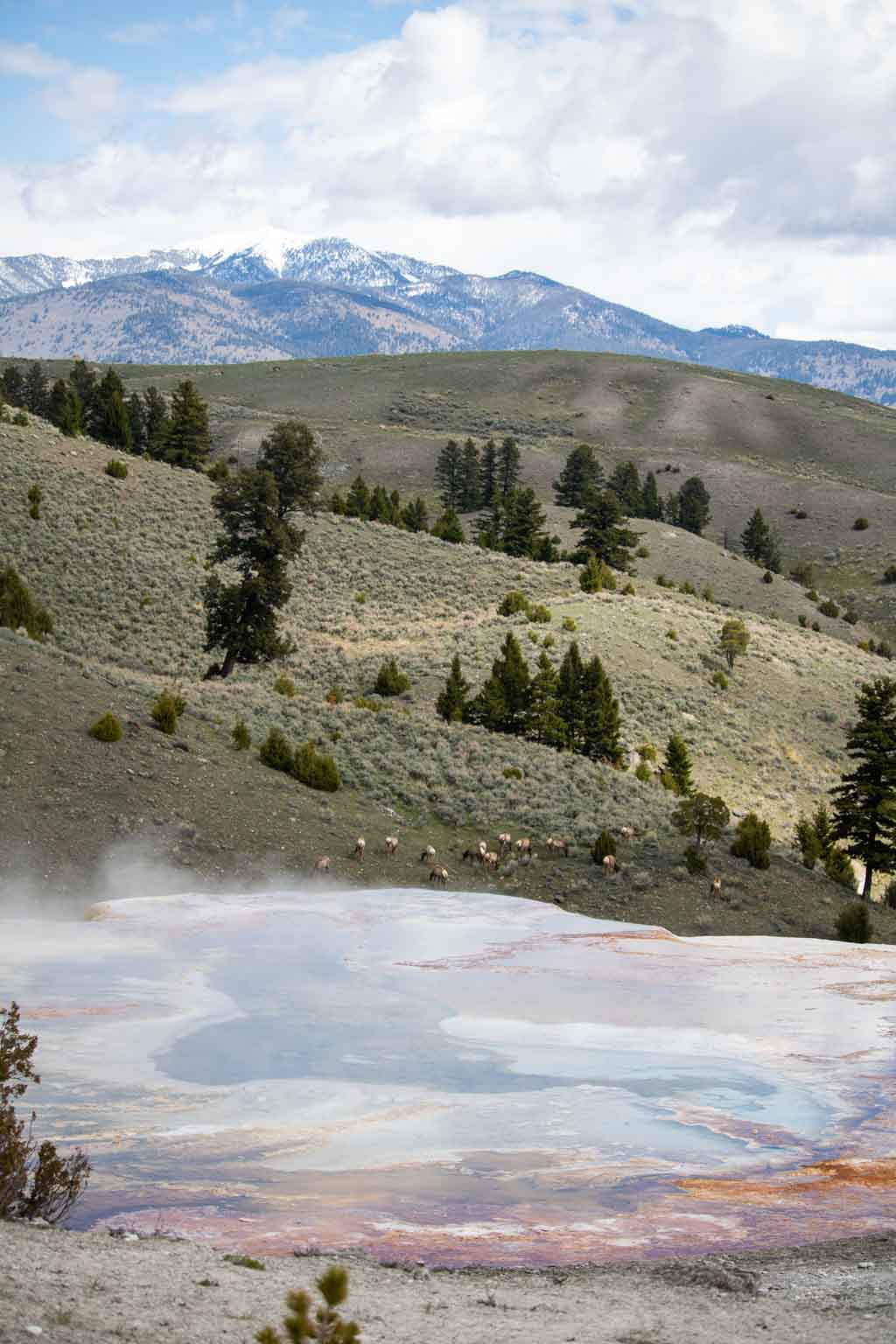
What Is the Youngest National Park?
The latest addition to the impressive collection of American national parks is New River Gorge National Park and Preserve. Located in West Virginia, New River Gorge was redesignated from “national river” to “national park and preserve” in 2021.
What Is the Largest National Park?
The largest national park in America is Wrangell-St. Elias National Park and Preserve in southeastern Alaska.
Encompassing 13.2 million acres (20,625 square miles), this enormous park is bigger than Denali, Death Valley, Yellowstone, Grand Canyon, Glacier, Yosemite and Great Smoky Mountains combined.
What Is the Smallest National Park?
The smallest national park in America is Gateway Arch National Park in Missouri.
Formerly known as the Jefferson National Expansion Memorial, this iconic park and arch in St. Louis is no bigger than 91 acres (0.14 square miles). It is by far the smallest U.S. national park.
You can see the full list of all national parks ranked by size here.
Where Can I Get a National Parks Pass?
You can get an entrance pass in every park that charges an entrance fee. A variety of passes are available, from individual one-time park passes to the popular America the Beautiful – The National Parks and Federal Recreational Lands Pass.
The latter provides access to all public lands across the United States for one year.
That includes national forests, BLM lands, all 420+ units managed by the National Park Service and numerous other areas, for a total of over 2,000 federal recreation sites.
You can get the America the Beautiful Pass at National Park Service sites and other federal recreation sites. It’s also possible to buy a pass online at the USGS Online Store.
You can find more information about (annual) national parks pass options here.
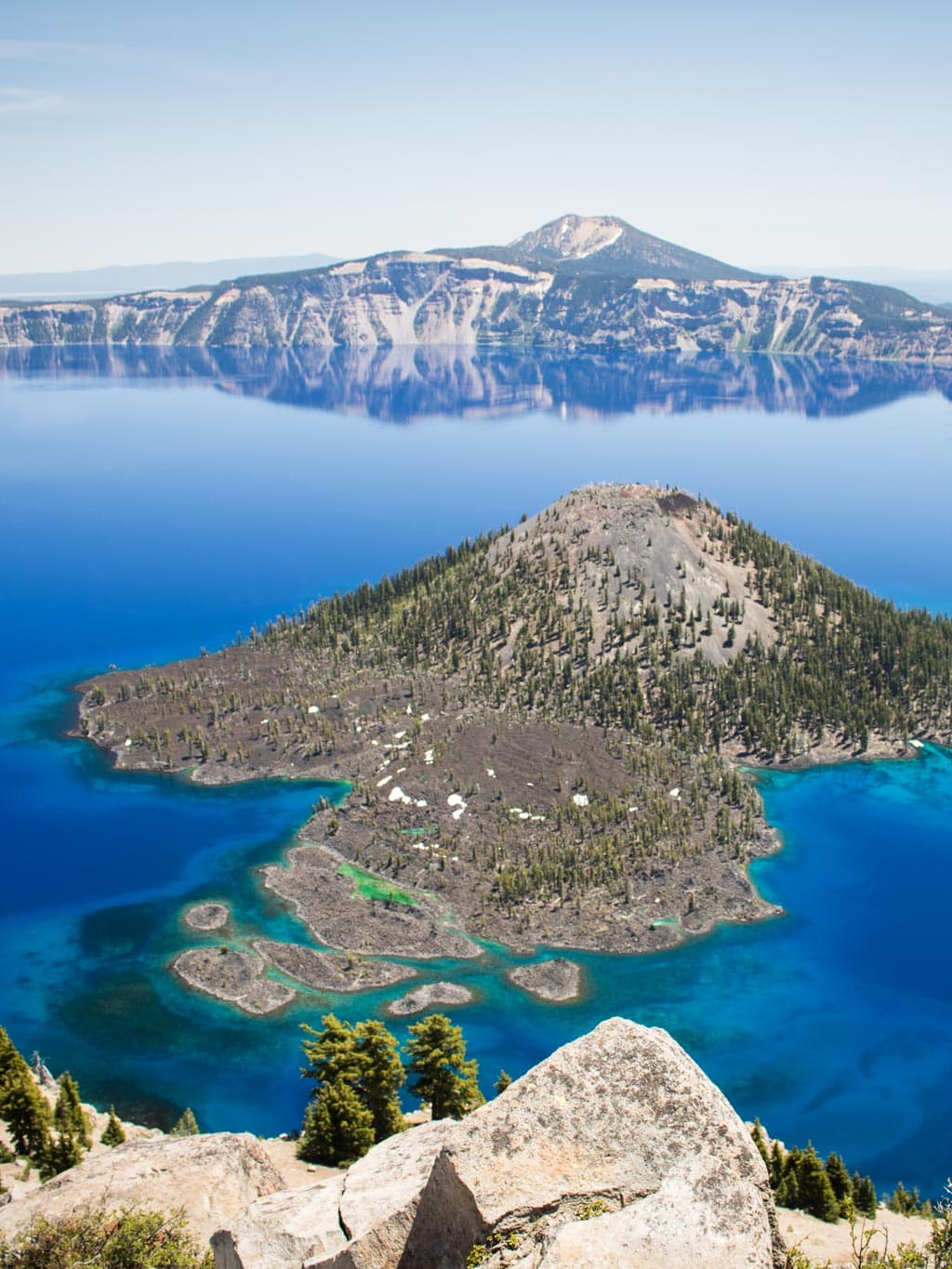
Where Can I Make National Park Reservations?
The one-stop shop for reservations in the National Park System is Recreation.gov. It allows future visitors to book campsites, accommodation, tours and other tickets for specific national parks.
Note, however, that not all parks, facilities or services participate in this program. Some are operated by concessionaires and have their own reservation systems.
The National Park Service recommends checking specific park websites for more information.
See which national parks require reservations in 2024 here.
Can I Take My Pet to a National Park?
Generally speaking, yes, you can take your pet to a national park. However, in the vast majority of national parks, pets are allowed only in developed areas, near roads, in campgrounds and in some accommodations.
With a handful of exceptions, hiking with pets on trails is not permitted in the national parks, which have the strictest rules of all NPS designations. Other units like national monuments, historical parks and military parks usually have less strict pet rules.
This handy map offers more detailed information about the pet policies in individual NPS units.

What Are the Best National Parks?
This is one of the most frequently asked questions about the national parks that’s the most difficult to answer. The answer to this question is a subjective one.
What someone might consider amazing, could be uninteresting to another person. The are many reasons why people visit the national parks. Wildlife viewing, fishing, boating, hiking, cultural exploration,… Each activity overlaps with a different set of parks.
In general, though, it’s fair to say that the most visited parks are, probably, the “best” national parks. They’re usually the most spectacular and unique. People go there for a reason.
Those popular parks include Yellowstone, Yosemite, Grand Teton, Glacier, Grand Canyon, Acadia, Denali, Zion, Joshua Tree, Olympic, Shenandoah, Great Smoky Mountains and Everglades. All are absolutely phenomenal.
That said, however, every park is fantastic in its own right. We personally regard parks like Mount Rainier, Lassen Volcanic, Virgin Islands, Capitol Reef, Great Sand Dunes, Haleakalā and North Cascades as exceptionally great parks as well.
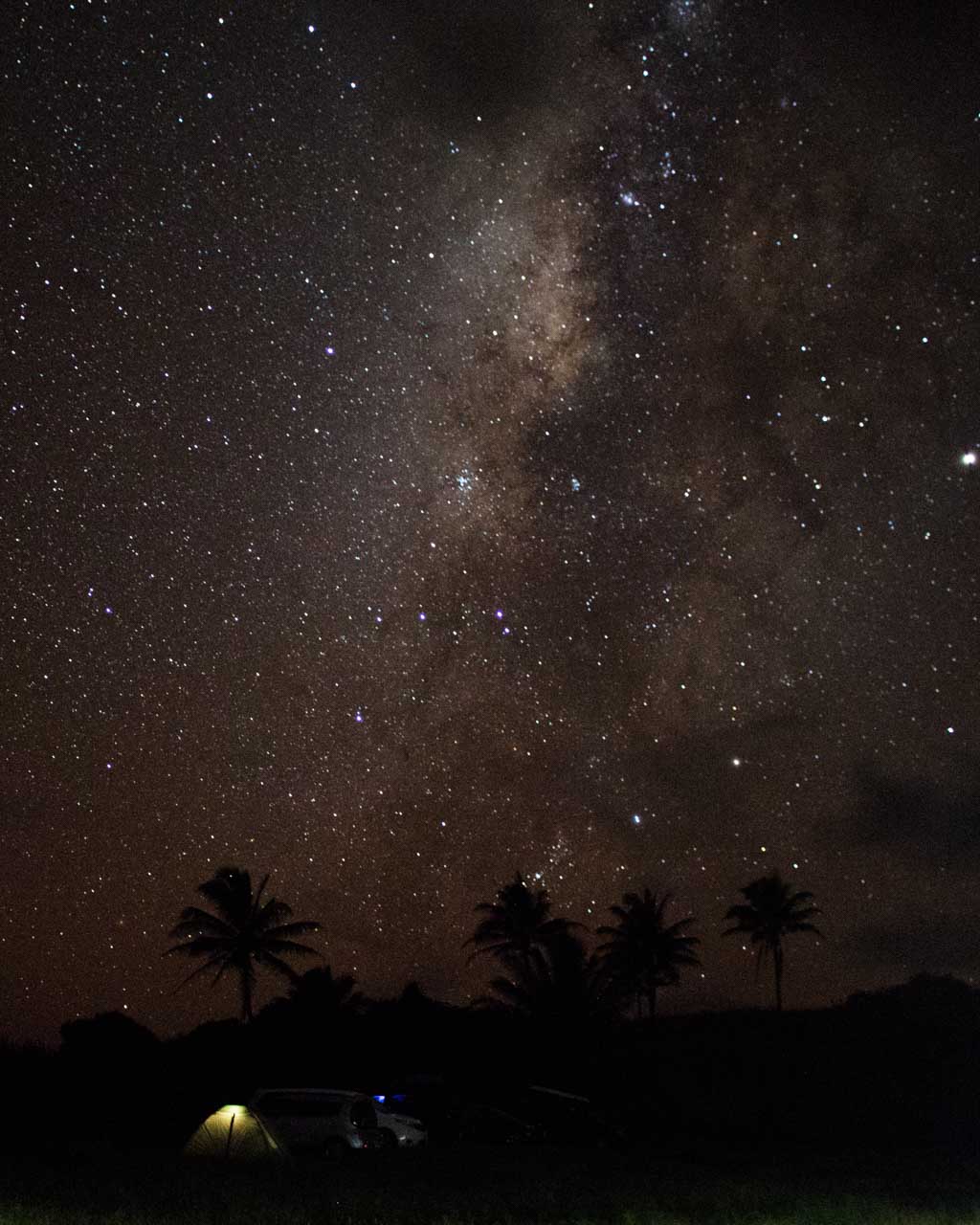
What Are the Most Underrated National Parks?
Beyond the “superstar” parks like Yellowstone, Glacier, Zion and Grand Canyon, there are numerous other U.S. national parks that fly under the radar, yet aren’t necessarily less impressive.
Examples of those are Lassen Volcanic, Voyageurs, Black Canyon of the Gunnison, North Cascades, Theodore Roosevelt, Guadalupe Mountains, Capitol Reef, and Big Bend. Just to name a few.
Which National Parks Are Best for Wildlife Viewing?
It’s easier to answer frequently asked national park questions that are more specific. When it comes to wildlife viewing, there are a number of parks that are objectively better than others.
Some of the greatest parks to see wild animals are Grand Teton, Yellowstone, Glacier, Denali, Katmai, Glacier Bay, Olympic, Channel Islands, Badlands, Theodore Roosevelt, Great Smoky Mountains, Shenandoah, and Everglades.
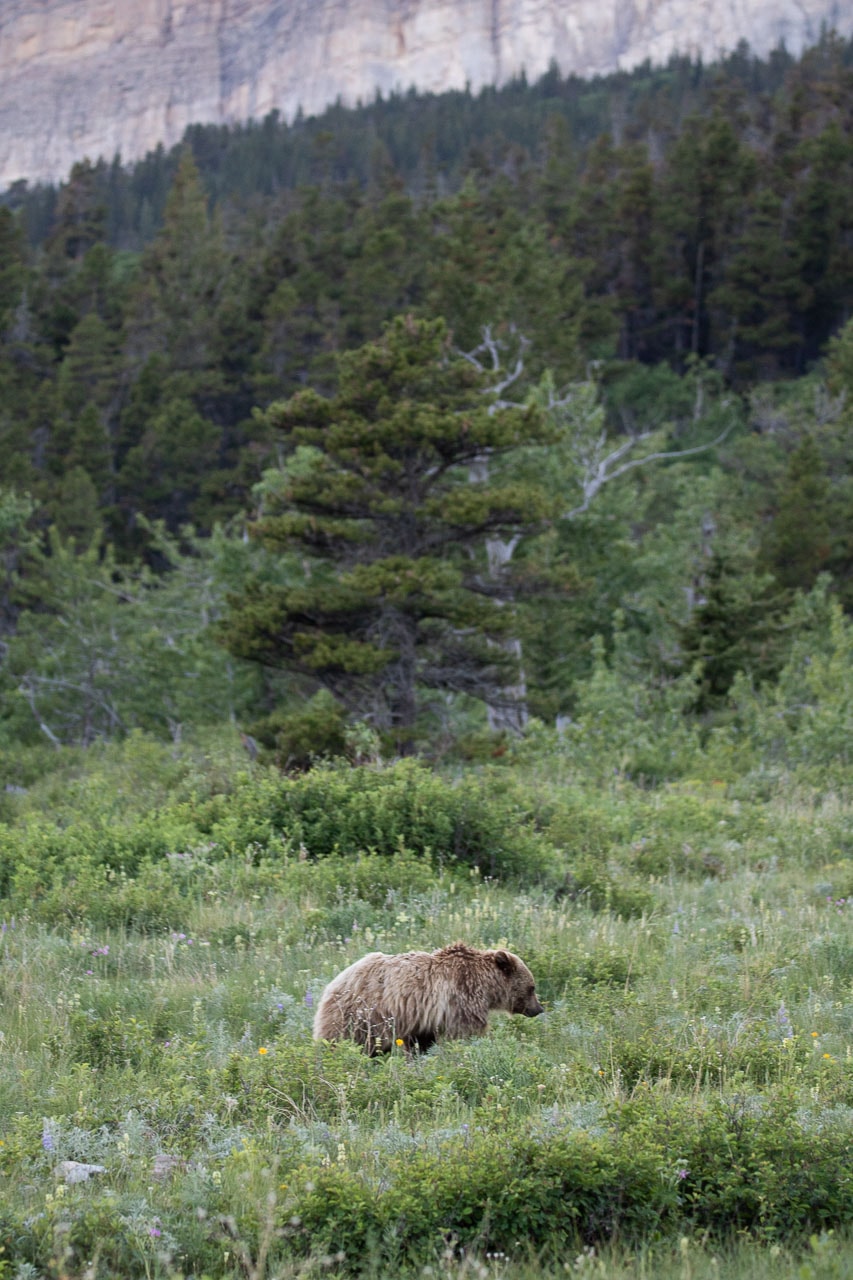
Where Can I Find More Information About the National Parks?
Without question, the best resource for information about America’s national parks is the National Park Service website.
It contains all possible information related to the parks, from current conditions, alerts, national park news and events to hiking suggestions, information about fauna and flora, conservation issues and so much more.
Hopefully, you’ve found some useful information in the answers to these frequently asked questions about the national parks! If you have any other questions, feel free to leave a comment below!

Ahabwa Job
Tuesday 3rd of October 2023
been great reading through this and am going to use it daily